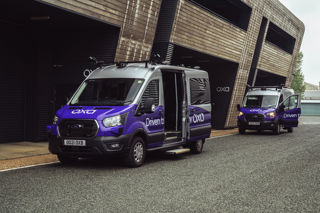Ford has developed a method for cities to identify locations where a traffic incident is likely to occur, using big data.
The company’s Smart Mobility division analysed traffic behaviour in London by recording real driving data.
Vehicle journeys in the city were logged, providing highly detailed data from driving events such as braking, the severity of that braking, and even where hazard warning lights were applied.
This helped to identify “near-misses”. Ford then cross-referenced this information against existing accident reports and built an algorithm to determine the likelihood of where future incidents might occur.
“We believe our insights have the potential to benefit millions of people. Even very small changes could make a big difference – maybe cutting back a tree that has obscured a road sign – whether in terms of traffic flow, road safety or efficiency,” said Jon Scott, project lead at City Data Solutions, Ford Smart Mobility.
This idea is just one opportunity identified in the Ford City Data Report. The report, using data that was obtained and analysed with the consent of participants, took its findings from more than 15,000 days of vehicle use, from 160 connected vans in the city. The fleet of vans covered more than 600,000 miles.
Each vehicle in the study was equipped with a simple plug-in device that recorded the journey data and then sent it to the cloud for analysis. Data scientists from Ford’s Global Data Insight and Analytics team were then able to analyse the information through an interactive dashboard.
Ford says this technology could be applied in any road environment, not just in cities.
The report also investigated other opportunities, such as how scheduling delivery van journeys for earlier in the day, before peak times, could benefit all road users, and how using journey data could help to identify the best locations for electric vehicle charging points.





















Login to comment
Comments
No comments have been made yet.